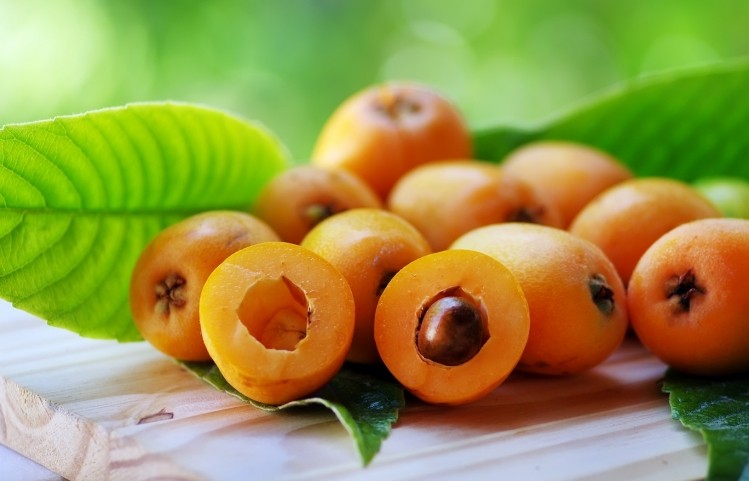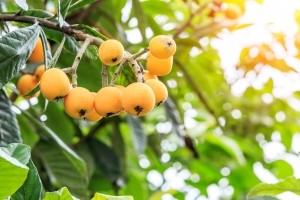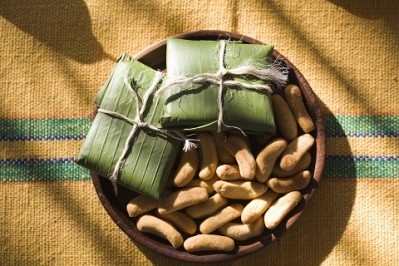Loquat shows potential to replace conventional sources for starch

Scientists from the Federal University of Paraná in Brazil report “for the first time” analyses of the phenolic and rheological properties are of starch from loquat seeds. About 20% of loquat seeds are starch.
The study’s findings, which are published in Food Hydrocolloids, may provide an alternative to chemically modified starches for food and beverage applications. The global food starch market is growing at almost 6% year-on-year, according to Research and Markets.
“[I]nterest in the replacement of chemically modified starches is increasing due to environmental concerns and the increased consumption of natural products,” explained the Brazilian authors. “Therefore, new non-conventional amylaceous sources are being studied in order to provide alternatives for food production.”
Study details

The researchers derived starch from the seeds of ripe and unripe loquat fruit, and assessed various physicochemical properties in addition to other bioactive compounds.
Results showed that both sources yielded starch that had a “higher thermal stability range in relation to degradation than conventional starches”. In addition, “[t]he rheological assays revealed that the [loquat seed starches] gels present pseudoplastic behavior, with a high degree of thixotropy”. Thixotropy is the property of becoming less viscous when stress is applied.
The researchers also identified and quantified a number of bioactive compounds, with the highest levels for kaempferol and 5-caffeoylquinic acid.
“In general, it may be possible to develop loquat seed starches for industrial uses and they represent a promising alternative to chemically modified starches,” they concluded.
Source: Food Hydrocolloids
April 2018, Volume 77, Pages 646-658
“Eriobotrya japonica seed as a new source of starch: Assessment of phenolic compounds, antioxidant activity, thermal, rheological and morphological properties”
Authors: R.C. Turola Barbi et al.





